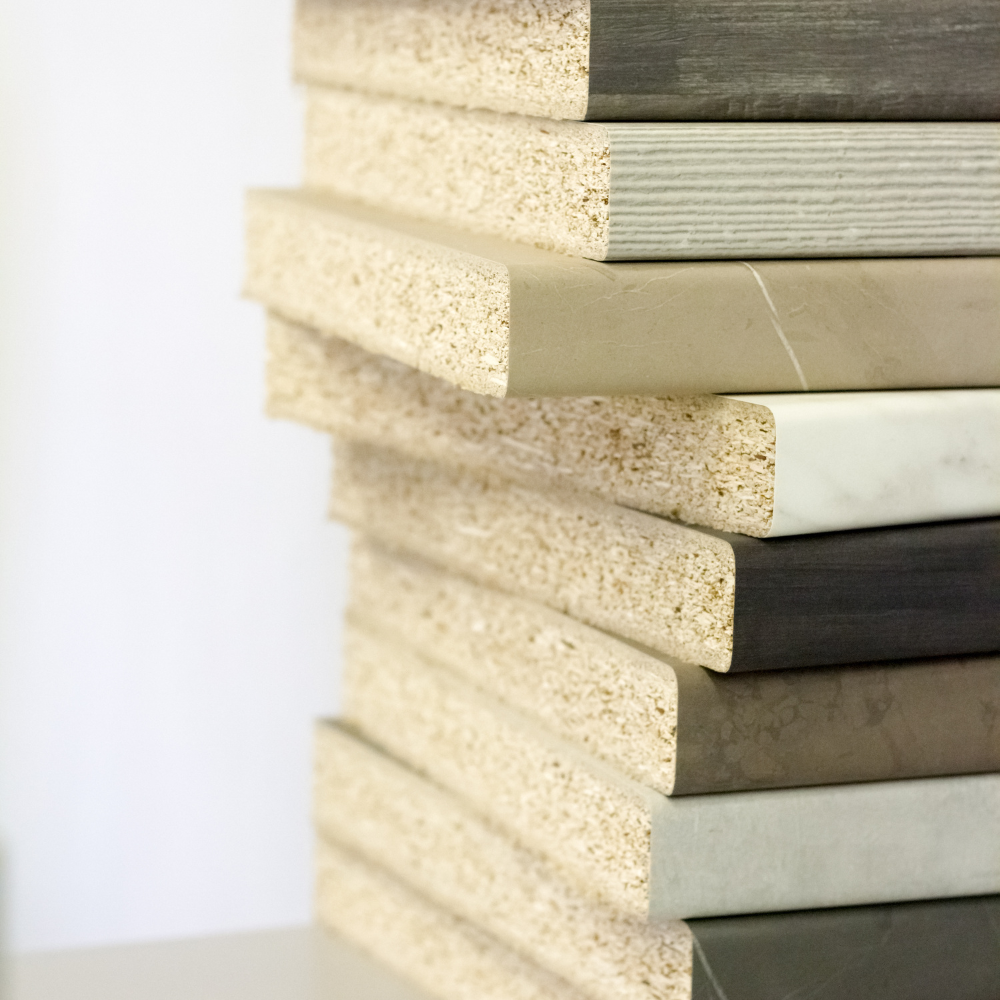Eco-Friendly Benefits of Engineered Wood Furniture
At The A2Z Furniture, we believe in the power of responsible choices when it comes to crafting exquisite furniture. One of the choices that has been making waves in the world of furniture design is the use of engineered wood. In this blog, we'll explore the remarkable environmental benefits of incorporating engineered wood into furniture production, highlighting how it aligns with our commitment to sustainability.
Engineered Wood: An Eco-Friendly Alternative
Engineered wood is a composite material made from wood fibers, particles, or veneers, bonded together using adhesives and heat. This innovative material offers several environmental advantages that make it a preferred choice for conscious consumers and furniture designers alike.
1. Reduced Demand on Natural Resources
The use of engineered wood reduces the demand for virgin timber from old-growth forests. This means fewer trees need to be harvested for furniture production. Instead, engineered wood often incorporates wood scraps, sawdust, or other recycled wood materials, which minimizes waste and conserves valuable natural resources.
2. Reduced Deforestation
By choosing furniture made with engineered wood, consumers contribute to the preservation of forests. Forests play a crucial role in maintaining biodiversity, sequestering carbon dioxide, and regulating local climates. Using engineered wood helps mitigate deforestation, a significant driver of habitat loss and climate change.
3. Responsible Sourcing
Many manufacturers of engineered wood prioritize sustainable sourcing. They obtain their wood from well-managed forests or through responsible forestry practices that adhere to certifications like the Forest Stewardship Council (FSC) standards. This ensures that wood used in furniture production is harvested ethically and with minimal ecological impact.
4. Energy Efficiency
The manufacturing process of engineered wood often consumes less energy compared to the production of solid wood. The adhesives used to bond wood fibers together are typically cured at lower temperatures, reducing energy consumption and greenhouse gas emissions associated with furniture production.
5. Reduced Waste
Engineered wood minimizes waste in several ways. Firstly, it allows for the use of smaller or lower-grade wood pieces that might otherwise be discarded. Secondly, engineered wood panels can be precisely cut to minimize offcuts and scraps during furniture manufacturing, further reducing waste.
6. Longevity and Durability
Engineered wood products are designed to be durable and resistant to warping, cracking, and splitting. Furniture made from engineered wood can have a longer lifespan, reducing the need for frequent replacements and the associated environmental impact.
The environmental benefits of using engineered wood in furniture are clear and compelling. By opting for furniture crafted from this eco-friendly material, consumers can contribute to the conservation of forests, reduced deforestation, responsible sourcing, energy efficiency, and waste reduction.
At The A2Z Furniture, we are committed to offering you furniture that not only enhances your living spaces but also aligns with our shared responsibility to protect the planet. Join us in making a difference by choosing furniture that reflects your values and promotes a sustainable future. Together, we can create beautiful, functional, and environmentally responsible spaces to enjoy for generations to come.

